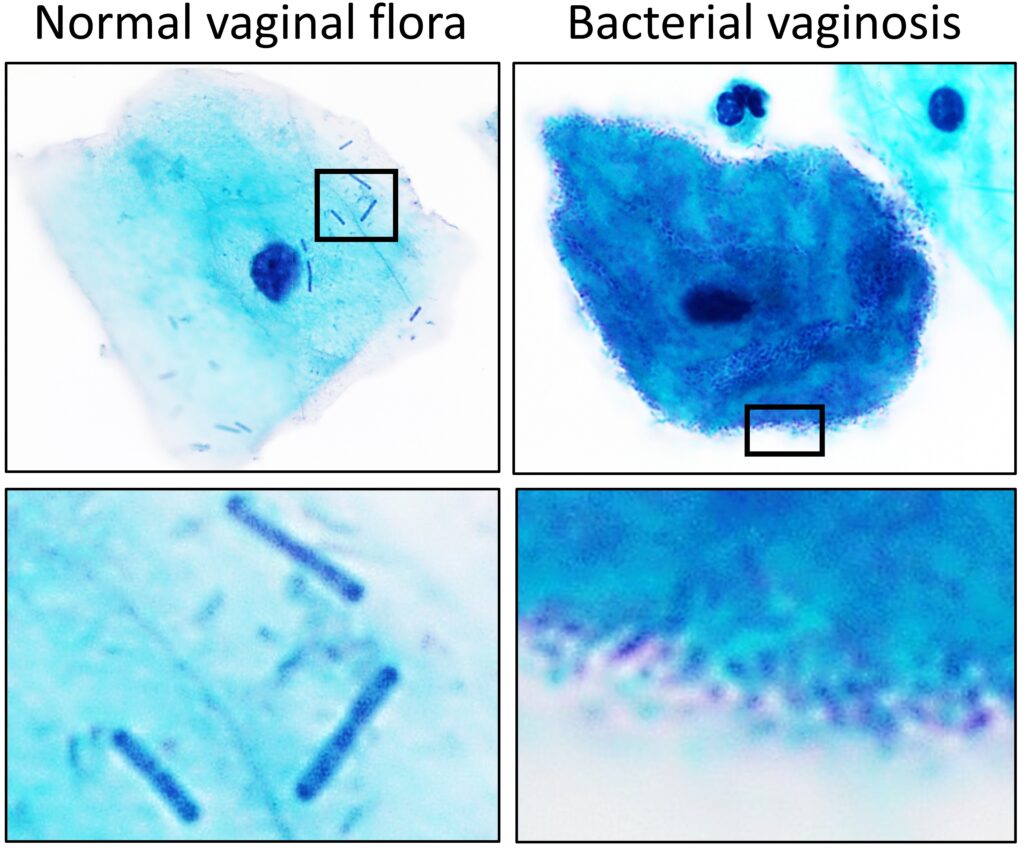Gynecological infections caused by Bacteroides species are a significant concern due to their prevalence and potential impact on women’s health. This guide explores the clinical relevance of Bacteroides, its role in gynecological infections, and the best practices for diagnosis and management.

Understanding Bacteroides
Bacteroides is a genus of Gram-negative, anaerobic bacteria predominantly found in the human gut and vaginal microbiota. These organisms are usually commensal but can become opportunistic pathogens under certain conditions, leading to infections.
Key Characteristics
- Morphology: Gram-negative, rod-shaped.
- Metabolism: Strictly anaerobic, relying on fermentation.
- Habitat: Gastrointestinal and female genital tracts.
The ability of Bacteroides to form biofilms and produce virulence factors makes it a notable contributor to infections, especially in anaerobic environments.
Common Gynecological Infections Involving Bacteroides
Pelvic Inflammatory Disease (PID)
PID often involves a polymicrobial etiology, with Bacteroides playing a central role. These bacteria exacerbate inflammation and tissue damage in the reproductive organs.
Symptoms:
- Lower abdominal pain
- Abnormal vaginal discharge
- Pain during intercourse
Bacterial Vaginosis (BV)
In BV, the overgrowth of anaerobic bacteria, including Bacteroides, disrupts the normal vaginal microbiota.
Symptoms:
- Thin, grayish discharge
- Fishy odor
- Vaginal irritation
Post-Surgical Infections
Gynecological surgeries, such as hysterectomies or cesarean sections, increase the risk of anaerobic infections involving Bacteroides.
Symptoms:
- Redness and swelling around the surgical site
- Fever
- Purulent discharge
Other Conditions
- Endometritis
- Tubo-ovarian abscesses
Pathogenesis and Virulence Factors
Bacteroides species contribute to infections through various mechanisms:
- Capsule Formation: Protects bacteria from immune responses.
- Enzymatic Activity: Produces enzymes like neuraminidase, which aid in tissue invasion.
- Biofilm Formation: Enhances bacterial survival in hostile environments.
Diagram: Pathogenesis of Bacteroides Infections
graph TD
A[Commensal *Bacteroides*] -->|Disruption of Microbiota| B[Opportunistic Pathogen]
B --> C[Adherence to Mucosa]
C --> D[Biofilm Formation]
D --> E[Tissue Invasion]
E --> F[Inflammation and Infection]Diagnostic Approaches
Accurate diagnosis is essential for effective treatment. Key methods include:
Microbial Culture
- Anaerobic culture techniques are used to isolate Bacteroides.
- Requires specialized media and conditions.
Molecular Techniques
- PCR: Identifies specific Bacteroides DNA sequences.
- 16S rRNA Sequencing: Differentiates between species.
Imaging and Clinical Examination
- Pelvic ultrasound or CT scans can identify abscesses or other complications.
Treatment Options
Antibiotic Therapy
Bacteroides infections often require broad-spectrum antibiotics effective against anaerobes:
- Metronidazole: First-line treatment.
- Clindamycin: Alternative option.
- Carbapenems: Used for severe or resistant cases.
Surgical Interventions
In cases of abscesses or severe infections, surgical drainage or debridement may be necessary.
Probiotics and Microbiota Restoration
Restoring normal microbiota with probiotics can help prevent recurrence, especially in BV cases.
Prevention Strategies
Hygiene and Sexual Health
- Practice safe sex to reduce the risk of PID and BV.
- Maintain proper personal hygiene.
Post-Surgical Care
- Administer prophylactic antibiotics before gynecological procedures.
- Monitor for signs of infection post-surgery.
Regular Health Screenings
Routine gynecological check-ups can detect infections early and prevent complications.
For more information or assistance, consult a healthcare professional specializing in gynecology or infectious diseases.